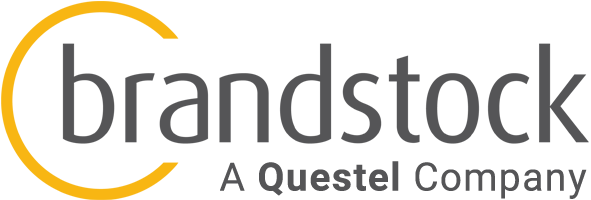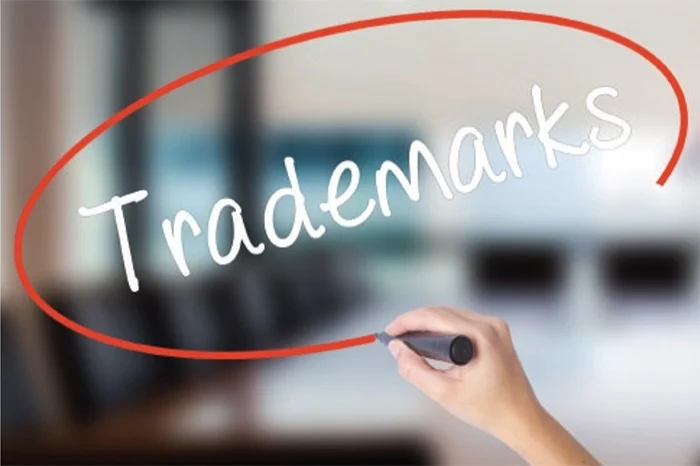IP Benchmarking: How much are you spending on intellectual property protection?
The ever-increasing number of IP applications across multiple jurisdictions has contributed to the rising costs of intellectual property protection for businesses, which has made IP benchmarking all the more essential. While it is imperative for a business to maintain a well-protected IP portfolio, a mismanaged portfolio can become very expensive to maintain. As such, it is equally important that each asset contributes to the financial and strategic goals of a business.
Learn how to optimize your resources: avoid these 5 waste of money in IP management!
Why is IP benchmarking important?
Similar to how a business assesses their position in the market using benchmarking methods, IP benchmarking is used to assess the effectiveness and profitability of assets in an IP portfolio. In this way, a business will understand the return on investment of their patents, the business direction of their IP assets and ensure that the core assets are legally protected in a cost-effective manner.
What are the costs associated with intellectual property protection?
There are two main costs associated with protecting intellectual property: obtaining protection and maintaining protection. While we will consider the legal costs of protecting IP in this article, it’s also worth noting that there may be other costs to a business to effectively protect IP, such as product development and marketing. There are also other legal processes, such as trademark searching, which may be required and also have fees.
IP Application Costs
Depending on the markets where your business is operating, the cost of obtaining intellectual property protection can vary. However, the structure of applications and their associated fees is generally similar between markets. There is an initial cost to prepare the corresponding documentation for your patent, trademark, design or utility protection. This cost can depend on your provider, however it is usually more dependent on the complexity of your case documentation.
Once your documentation has been prepared, it will need to be submitted for review. Depending on the market in which your business is seeking intellectual property protection, you may need to submit it to various authorities, whether regional, national or the Patent Cooperation Treaty (PCT). These applications can be complex and costly, so it’s advantageous for a business to consult with an IP management specialist throughout the process to ensure the correct documentation is submitted to the relevant authorities within the necessary deadlines.
IP Maintenance Costs
Once your business has obtained intellectual property protection for your IP asset, it will have protection for varying time periods depending on the country of application and whether it is a patent, trademark, design or utility. In any case, the most predictable costs to enforce IP protection are renewal fees. However, renewal fees can vary between different countries and regions. While it can be beneficial to a business to enforce IP across multiple markets, the IP benchmarking process can help you to determine which markets will have the most impact to your bottom line. In this way, you can prevent unnecessary application and maintenance costs to your business.
Additionally, maintenance costs may include the attorney and legal fees to defend your IP rights in the event of litigation. Litigation fees will depend on the court in charge of your intellectual property protection, which can be either national, community or international courts. The fees may also vary depending on the extent of the case work required. Consulting with an IP benchmarking expert can help your business find out more about cost and fees for your most valuable IP assets.
How can I save money with IP benchmarking?
There are many reasons to maintain a well-protected IP portfolio. However, understanding the value of IP assets can have a positive financial impact. By regularly assessing and evaluating the costs of intellectual property protection within the marketplace, it can help businesses to compare their costs with those of their competitors to ensure they are not overpaying for protection. Additionally, IP benchmarking can provide insights into the business value of IP assets both individually and as part of a portfolio. As such, businesses can reduce their IP protection maintenance costs and increase the return on investment of their portfolio.



























